Pest Management
Pest management involves implementing strategies to control and mitigate the impact of pests on crops, utilizing methods such as biological control, pesticides, and integrated pest management practices for sustainable agriculture.
Benefits Of Pest Management
Early Detection
Drones equipped with high-resolution cameras and sensors can quickly survey large agricultural areas. Early detection of pest infestations allows farmers to respond proactively before the problem escalates, minimizing crop damage.
Rapid and Efficient Surveillance
Drones can cover large fields in a short amount of time, providing rapid and efficient surveillance. This speed allows for timely and thorough monitoring, especially in areas that are difficult to access or inspect manually.
Efficient Resource Management
By combining drone data with efficient irrigation methods, farmers can optimize resource management, including water, energy, and labor. This leads to cost savings and improved overall operational efficiency in agriculture.
Using Drones
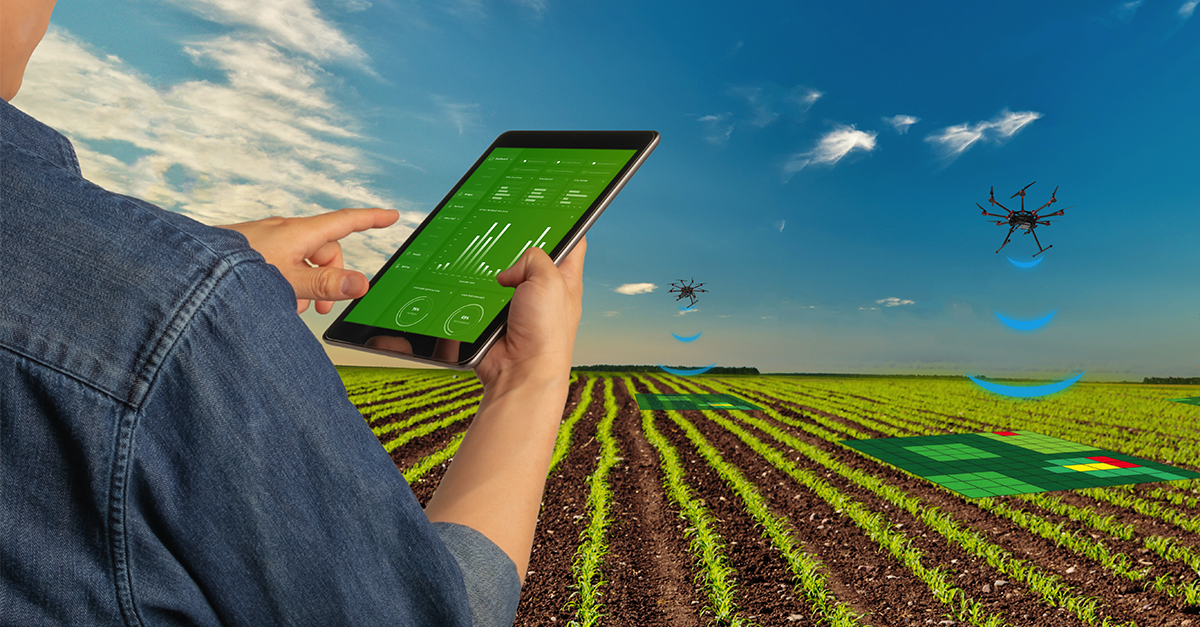
Challenges
- Limited Payload Capacity: Drones may have constraints in carrying sufficient quantities of pest control agents or equipment, limiting their effectiveness in large-scale pest management applications.
Precision Targeting:
Achieving precise targeting of pest-infested areas can be challenging, requiring advanced technology to accurately identify and treat specific locations without affecting non-target areas.
Regulatory Compliance:
Adhering to regulations regarding the use of drones for pest management, including airspace restrictions and pesticide application guidelines, poses challenges that require careful navigation and compliance.
Weather Dependency:
Adverse weather conditions, such as strong winds or rain, can impact the ability of drones to operate effectively, affecting the timing and success of pest management activities.
Limited Flight Time:
Drones typically have limited battery life, restricting the time they can spend in the air. This constraint affects the coverage area and may necessitate multiple flights for comprehensive pest control in larger agricultural fields.
Sensor Technology Limitations:
The effectiveness of drone-based pest management relies on sensor technologies to accurately detect and identify pest populations. Limitations in sensor capabilities may affect the precision of pest monitoring and control.
How Works
- Mapping and Surveillance: Drones equipped with cameras andsensors are deployed to survey agricultural fields. These devices capture high-resolution imagery and collect data on crop health, pest infestations, and other relevant parameters.
- Data Analysis: The collected data is processed using advanced algorithms to identify areas with pest infestations. This analysis helps create detailed maps highlighting the extent and severity of pest-related issues within the fields.
- Pest Identification: Utilizing image recognition and machine learning algorithms, the drone’s system identifies specific pests or signs of infestation in the captured imagery. This enables targeted responses tailored to the type of pests present.
- Decision-Making: Based on the analysis, the drone’s onboard or connected system makes real-time decisions regarding the appropriate pest management strategy. This decision-making process considers factors such as the type of pests, their life cycle, and the most effective control methods.
- Precision Application: The drone is equipped with mechanisms for precision application of pest control agents, such as pesticides or biological control agents. This may involve sprayers, dispensers, or other delivery systems that target specific areas identified in the analysis.
- Navigation and Treatment: Drones navigate autonomously or with remote guidance to the identified pest-infested areas. The precise GPS technology ensures accurate targeting, allowing the drone to treat specific locations without affecting non-infested areas.
Explore More Content
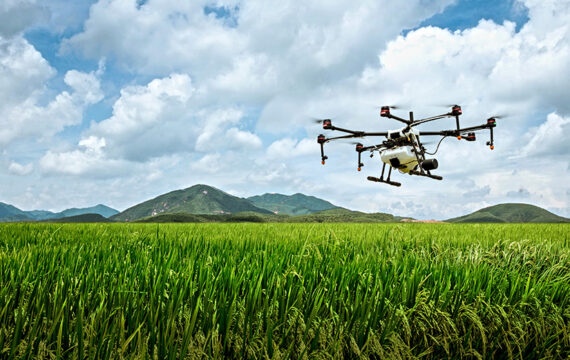
Pest management is a critical component of modern agriculture, employing various strategies to monitor, prevent, and control pest infestations that can significantly impact crop yield and quality. The integration of advanced technologies, including drones, has revolutionized pest management practices, offering more precise and sustainable approaches.
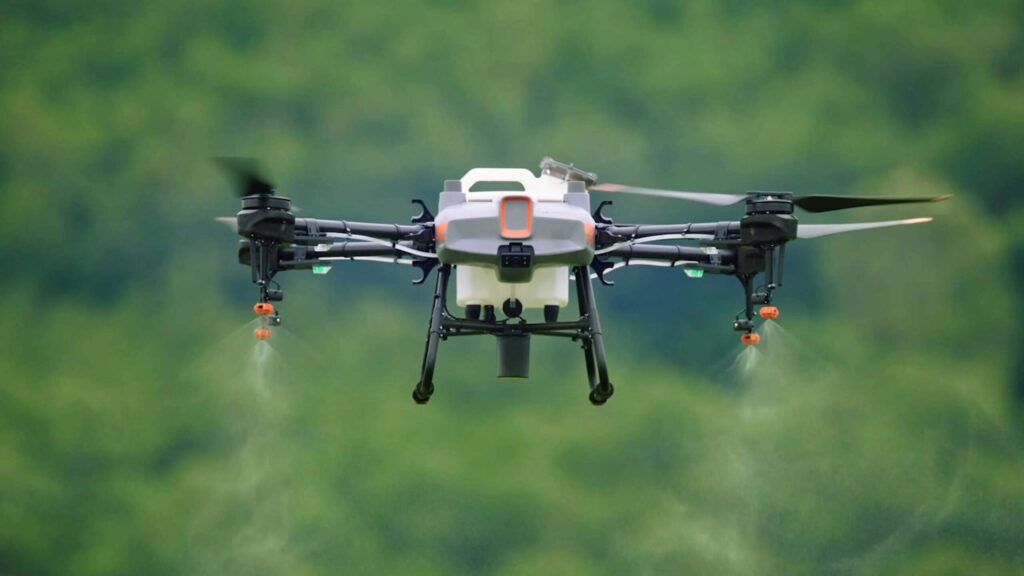
Pest management begins with comprehensive surveillance and monitoring. Drones equipped with sophisticated sensors, such as high-resolution cameras and infrared detectors, conduct aerial surveys over agricultural fields. These sensors capture detailed imagery and data, enabling the early detection of pest-related issues
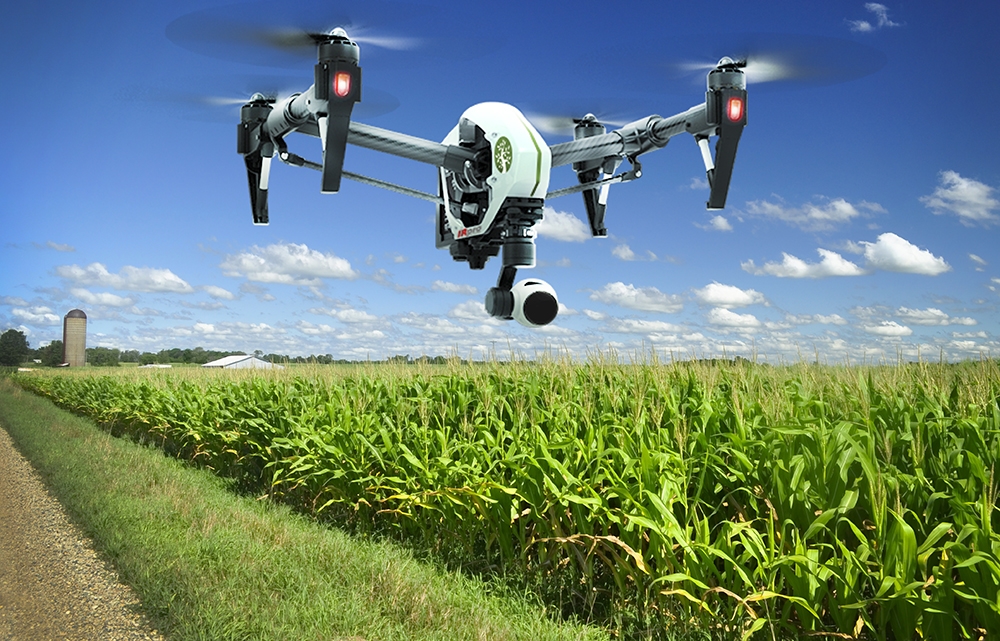
The collected data undergoes thorough analysis through advanced algorithms. This analysis helps identify patterns, assess the severity of pest infestations, and determine the appropriate pest control measures. By understanding the specific dynamics of the infestation, farmers can make informed decisions on the most effective and targeted interventions.
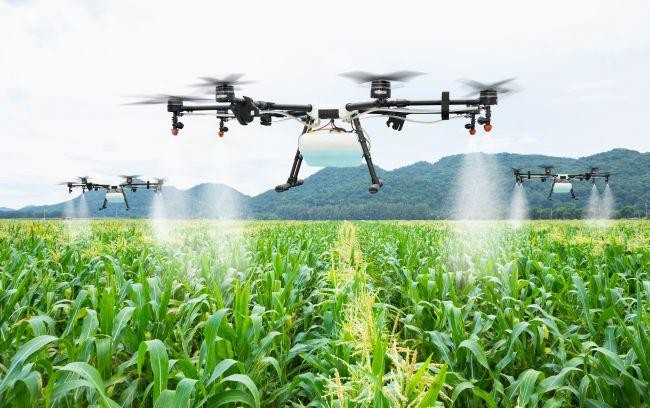
Drones play a crucial role in the precision application of pest control measures. Armed with pesticide sprayers or other targeted interventions, drones can navigate specific areas identified during the analysis. This precision application minimizes the use of pesticides, reduces environmental impact, and ensures that only the affected areas receive treatment.